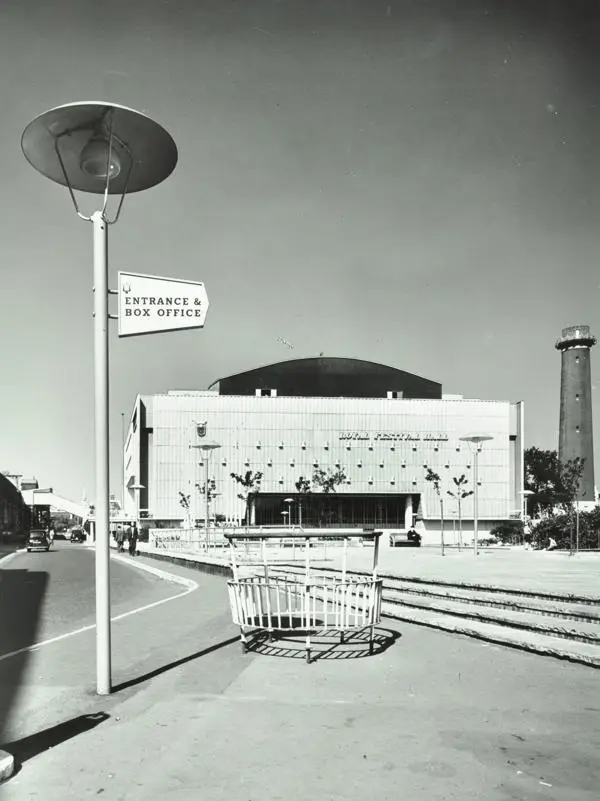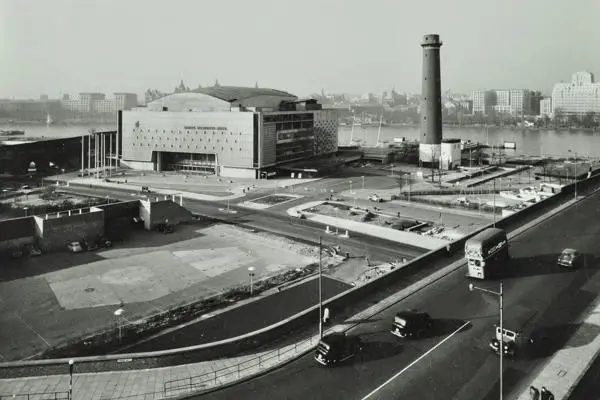Royal Festival Hall
Introduction to London's Grand Designs
London is home to some of the world's most striking architecture and innovative engineering. Whether driven by divine purpose or the needs of a growing population, the grand designs of architects and engineers have shaped the identity of the city and the lives of Londoners.
This series of articles, based on a London Metropolitan Archives’ exhibition in Aldgate Square and then Guildhall Yard in 2019, delves into the historical collections at LMA to present drawings and photographs that record the development of some of London’s greatest buildings and structures. The projects cover a wide variety of aspects of life in the capital, from worship to entertainment, transport to housing, and all add to the story of the developing city. Many are still present today, but others have not survived the passage of time and exist only in memory and archives.
Royal Festival Hall
Kevin Sheahan takes a look at the Royal Festival Hall which was opened 70 years ago as the focal point of the 1951 Festival of Britain and remains today a central, and still modern, element of London’s cultural life as part of the South Bank Centre.

'The London County Council has provided London with a new concert hall' reads the rather understated opening line of a book introducing the Royal Festival Hall. Its aim, 'to create, in a frankly contemporary style of architecture, a worthy setting…for the enjoyment of music and the arts'
The foundation stone of the Royal Festival Hall was laid by Prime Minister Clement Attlee in 1949, and the building was opened three years later by the King. Forming a focal point of the 1951 Festival of Britain, it was intended that the building would be a permanent legacy of the festival, remaining as the centrepiece of a new arts centre on the south bank of the Thames. The area had first been identified as a site for development in the 1943 County of London plan, identifying the derelict and formerly industrial landscape on the south side of the river as a perfect spot for cultural development.
The hall was designed with modernity and technology in mind. Special attention was paid to the heating, lighting, ventilation and acoustics, in order to provide the best possible experience for visitors and performers alike. The hall was equipped with meeting spaces, terraces, gardens, several restaurants and seven modern bars with ‘nothing in the least stuffy or furtive about them’. The interiors were garnished with bespoke furniture and decorations to enhance the experience.

It was always expected that further development would take place after the festival, and the building has undergone a number of alterations, large and small, but always respecting the same design principles. In 1981, it became the first post Second World War building to be given Grade I listed status by English Heritage.
The Royal Festival Hall remains a central, and still modern element of London’s cultural life as part of the South Bank Centre.